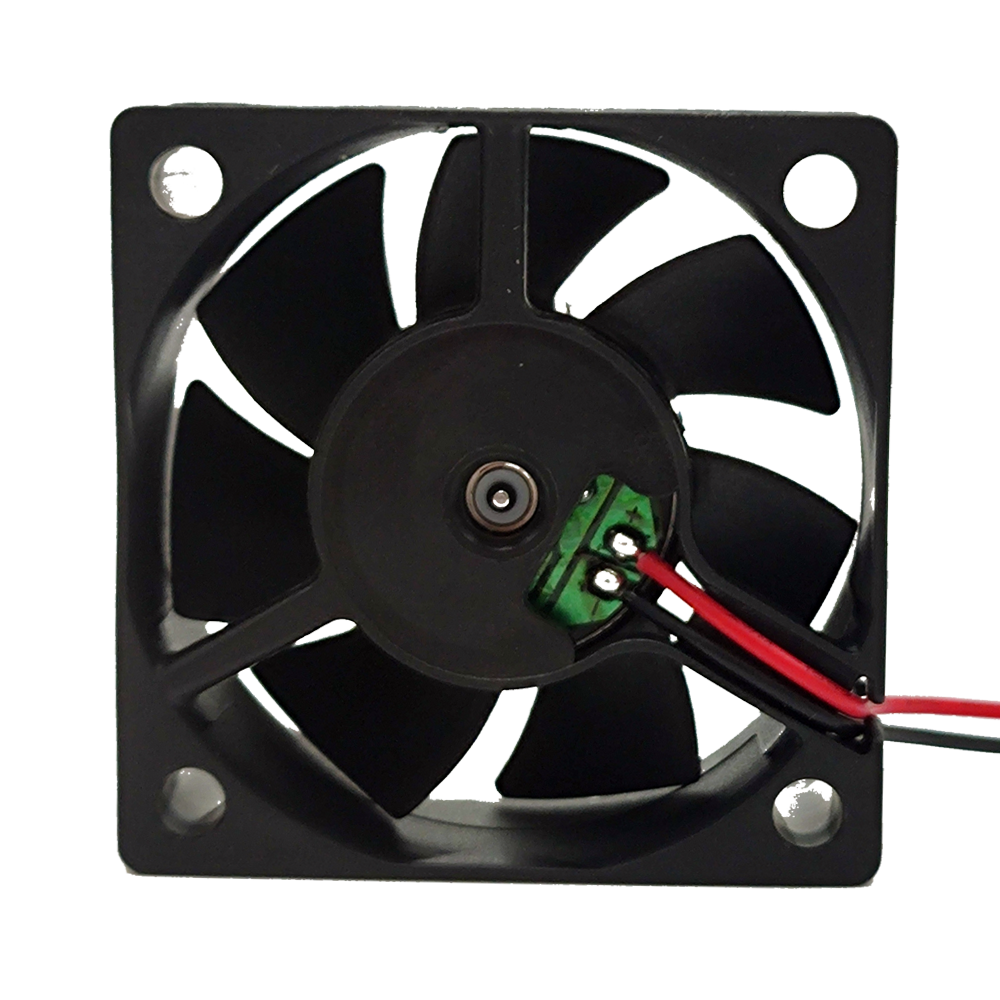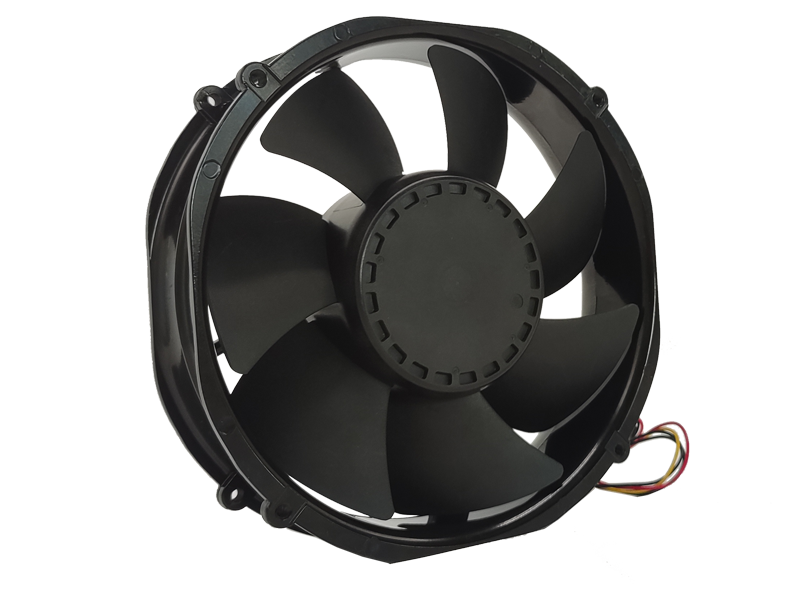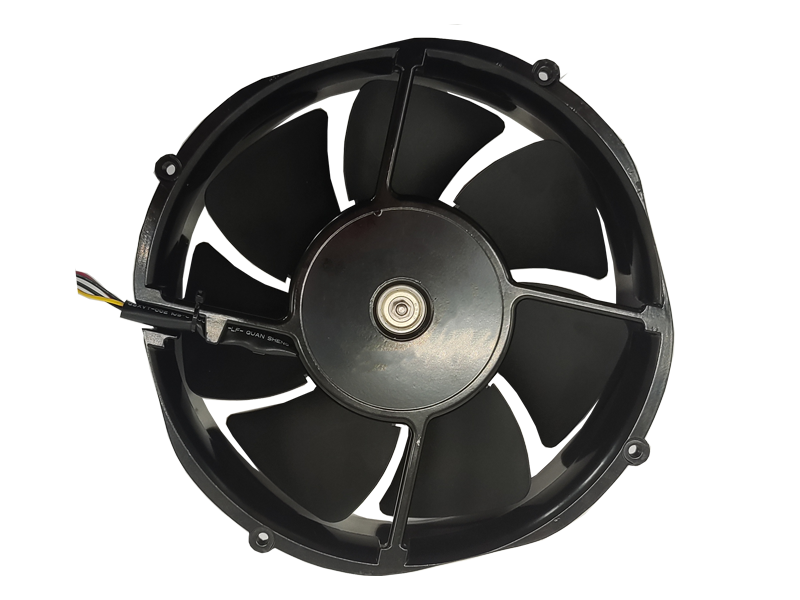Industrial fans are crucial components in manufacturing facilities, providing essential services like ventilation, cooling, and air circulation. These systems help improve operational efficiency, worker comfort, and product quality, making them indispensable in many industries. This article explores the evolution of industrial fans, their current impact on manufacturing, and future trends that are likely to shape their role in industrial operations.
I. The Evolution of Industrial Fans
Industrial fans have come a long way since their inception, evolving from basic mechanical devices into sophisticated systems that optimize performance and energy efficiency. Early industrial fans were driven by steam or water engines, and their primary purpose was to provide ventilation. Over time, technological advancements have led to the development of more powerful, energy-efficient fans with specific capabilities suited to modern manufacturing demands.
Early Developments in Industrial Fans
The earliest industrial fans were simple devices used to improve air circulation in factories. These fans were large, bulky machines powered by steam or water, and they primarily served the function of reducing the temperature in work areas. However, as industries expanded and processes became more complex, there was an increasing need for more efficient and specialized fans.
Advancements in Fan Design and Efficiency
In the late 19th and early 20th centuries, industrial fans underwent significant technological improvements. The introduction of electric motors made fans more efficient and reliable. The advent of fan blade optimization, aerodynamic research, and the use of advanced materials further improved fan performance, reducing energy consumption and increasing airflow capacity.
Modern-Day Fans and Technological Integration
Today’s industrial fans are designed to meet the specific needs of different industries. Manufacturers now use computational fluid dynamics (CFD) to design fans that optimize airflow patterns and reduce energy losses. Additionally, modern fans integrate smart technology, such as sensors and controllers, allowing for automatic adjustments based on environmental conditions.
II. The Impact of Industrial Fans on Modern Manufacturing
Industrial fans have a profound impact on the efficiency and safety of manufacturing operations. They contribute to various aspects of the production process, ensuring that factories and facilities operate smoothly.
Enhancing Product Quality
In many manufacturing processes, maintaining specific environmental conditions is critical to product quality. For example, in the pharmaceutical industry, controlled airflow and temperature are essential to produce sterile products. Similarly, in the food and beverage industry, fans help maintain consistent drying, cooling, and packaging conditions.
Improving Worker Comfort and Safety
Industrial fans contribute to worker safety by ensuring proper ventilation in areas that generate heat, humidity, or harmful fumes. Workers in factories can become fatigued or ill without adequate airflow, which negatively impacts productivity. Industrial fans mitigate this risk by ensuring the environment is comfortable and healthy for workers.
Reducing Downtime and Maintenance Costs
Fans help maintain optimal conditions for machinery and equipment, reducing the risk of breakdowns due to overheating or poor ventilation. By ensuring that equipment operates within its temperature range, industrial fans can prevent damage and reduce maintenance costs, ultimately improving uptime and productivity.
III. Future Trends in Industrial Fans
The future of industrial fans looks promising, with several trends emerging that will further revolutionize their role in manufacturing. The following are some key trends shaping the future of industrial fans:

Smart Fan Technology
The integration of sensors and controllers into industrial fans will enable real-time monitoring and optimization of fan operations. Smart fans will automatically adjust to changes in temperature, airflow, and pressure, enhancing efficiency and reducing energy consumption.
Energy Efficiency and Sustainability
With growing concerns about environmental impact and energy consumption, the demand for energy-efficient industrial fans is increasing. Manufacturers are focusing on developing fans with high-efficiency motors, low power consumption, and advanced materials that reduce carbon footprints.
Integration with Industrial Automation Systems
The increasing adoption of industrial automation systems will likely lead to the integration of industrial fans with broader factory control systems. This will enable fans to work in harmony with other systems like HVAC, production lines, and air filtration, creating a more streamlined and efficient industrial process.
Conclusion
Industrial fans have evolved from basic ventilation tools to sophisticated, energy-efficient machines that enhance manufacturing operations. They play a critical role in improving product quality, worker safety, and operational efficiency. As the demand for smarter, greener, and more efficient industrial systems grows, industrial fans will continue to evolve, integrating with automation technologies and contributing to the sustainability and productivity of modern manufacturing.
Recommended Products

The main purpose:Car charging station

The main purpose:Car charging station

The main purpose:Electronic refrigerators, water dispensers, direct drinking machines, inverter power supplies
Address:No. 4137, Longgang Avenue (Henggang Section), Henggang Community, Henggang Street, Longgang District, Shenzhen
hotline:13530005572(Chen)15112579390(Li)


Welcome all friends to come for consultation and negotiation.
Copyright 2024 @ Shenzhen Youneng Xinyuan Electronics Co., Ltd.,(industrial fans,industrial blowers,axial fans,cooling fans manufacturer,centrifugal fans,ac cooling fans,dc cooling fans)